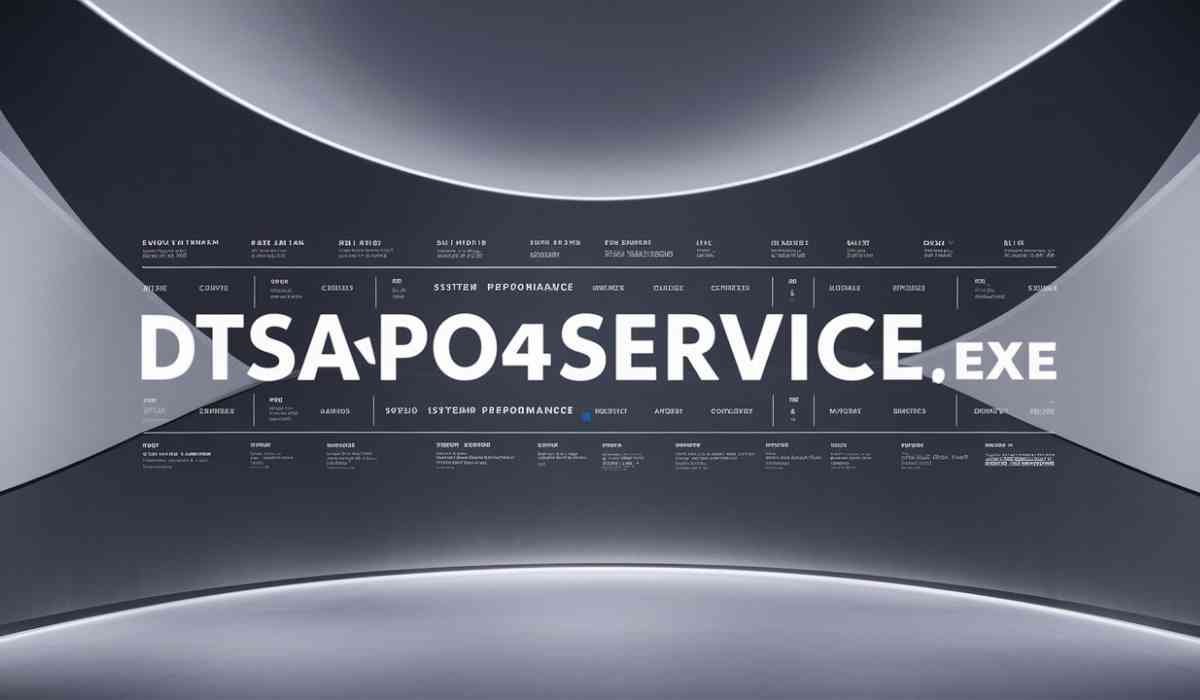Let’s be real — creating content takes time. Blogs, emails, social media posts, product pages… It’s a lot. That’s why more and more brands are turning to AI tools to help write their marketing stuff. And it’s working — kind of.
AI is fast. It writes a lot. But sometimes, the text sounds a little off. Not bad, just… not you. That’s a problem when you’re trying to build a strong brand. For brand development and, most importantly, brand recognition, it’s crucial that all its components, including textual materials (every slogan, comment, product description if available, blog post, anything), reflect its essence. That’s where tools like Smodin’s AI Checker come in. They help check whether the content matches your brand voice or sounds too robotic.
In fact, AI checkers offer much more, but more on that later.
Why Brands Use AI for Marketing (And Why They Still Need to Check It)
AI is everywhere. A recent study showed that over 80% of marketers use AI tools to help with content. It makes sense — you can get a blog, a product page, or an email campaign written in minutes.
But here’s the issue: AI doesn’t really know your brand. It writes fast, but not always with the right tone. It might use big words or boring phrases. And it often sounds the same no matter what it’s writing.
For example:
- A fun clothing brand might end up with a serious, formal-sounding ad.
- A tech startup might get a landing page that came from the 1990s.
- A skincare brand might use scientific terms when it should sound friendly and warm.
That’s why you should always check AI-written content before you post it. And that’s what AI detectors help with.
If You Forgot: Brand consistency is like having a signature look — from how your brand talks to how it looks, everything should feel like it belongs together. It’s about making sure your brand is easily recognizable.
What AI Detectors Do for Your Brand
AI detectors are tools that scan your content. They tell you if a human or AI wrote it. But more than that, they help you spot problems with tone, style, and voice.
Let’s look at what these tools check, especially regarding your marketing content.
1. Tone Consistency
Your brand has a personality. It could be fun and friendly. Maybe it’s cool and professional. Whatever it is, it must sound the same everywhere — in every ad, post, or email.
Sometimes AI writes in a totally different tone. AI detectors can catch that. They flag if something sounds too stiff, too weird, or just not like you.
Example: You sell iced coffee to Gen Z. Your tone is playful. But the AI gives you this:
“Enjoy a beverage designed to stimulate cognitive performance.” Yeah, no thanks. That doesn’t sound cool. It sounds like a science textbook.
2. Boring, Repetitive Language
AI tools love to repeat words and ideas. And they play it safe. That means a lot of boring sentences. AI detectors look for this and tell you when your content needs more flavor. You can then rewrite it or add a human touch.
Example: “This product is high quality and great for everyday use.” OK, but what makes it great? What makes it different? People want real details, not filler words.
3. Missing Brand Words and Phrases
Good brands use the same keywords, slogans, or catchphrases over and over. That’s how people remember you. But AI might skip those words. Or it might use different ones that don’t fit your style. Detectors help spot what’s missing or sounds off.
Example: Your app always says “Swipe. Match. Love.” But the AI writes: “Connect with others in your area.” Boring! And not your style.
4. AI-Fingerprint Check
This is the big one. AI detectors tell you how much of your text “feels” like it was written by AI. They check sentence patterns, word choices, and tone.
Why does this matter? Because search engines like Google may not trust AI-heavy content, and readers can tell when something sounds robotic. That hurts trust. Tools like Smodin can say things like “This looks 90% AI,” which is your sign to rewrite some parts to sound more natural.
5. Plagiarism Check
AI sometimes copies things by accident. It grabs common phrases or lines from other websites without meaning to. Detectors help ensure your content is original, keeping you safe from legal issues and your brand trustworthy.
Pro tip: After using AI, always do a quick check with a detector, then rewrite or tweak the boring bits. Add your brand’s voice, your real examples, and your style. That’s what makes content actually work.
Final Thoughts
Google doesn’t love pure AI content. Its systems can tell when something is overly generic or doesn’t add value. If your blog or landing page sounds like 100 others, you might not rank at all — even if it looks fine.
Why? Because AI often:
- Repeats the same phrases across different topics
- Writes in a neutral tone with no opinion or expertise
- Misses local slang, cultural references, or brand-specific terms
AI tools are super helpful. They save time, help with writer’s block, and simplify creating content. But that doesn’t mean you should post everything they write. Google wants original, helpful content written for people, not machines. So, if you use AI to help you write, that’s okay. But make sure you humanize it.









